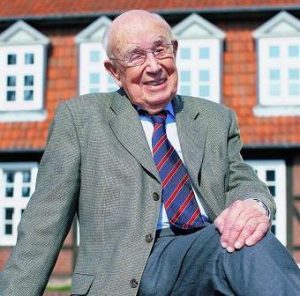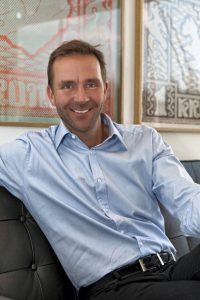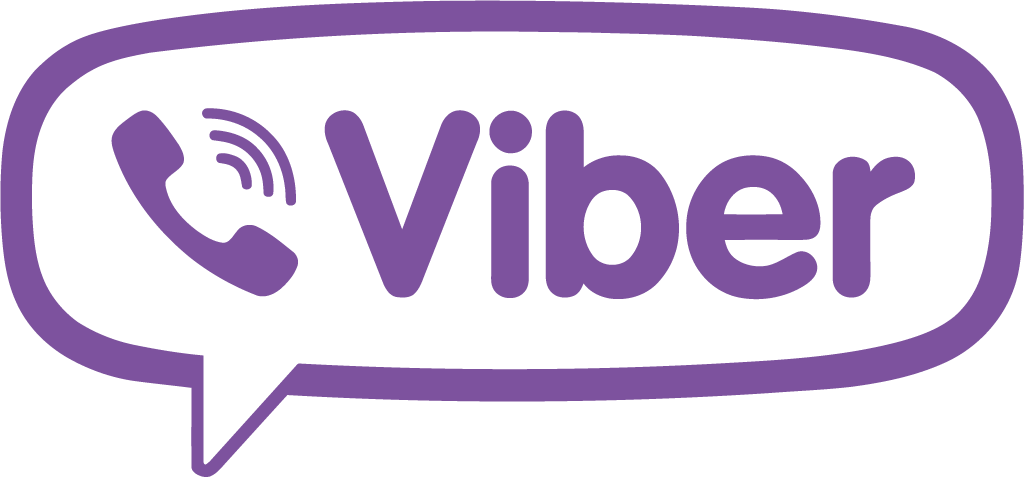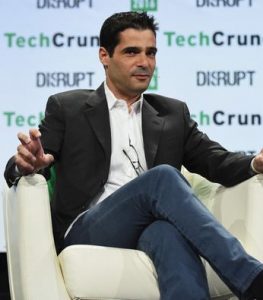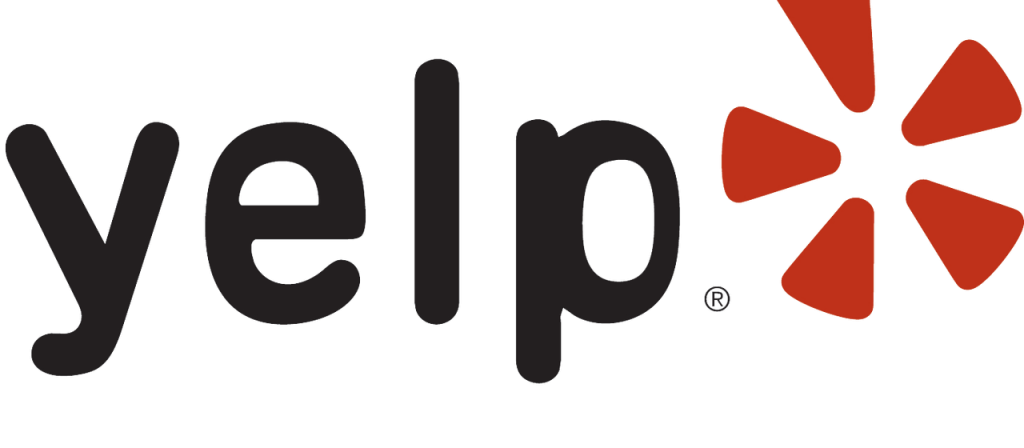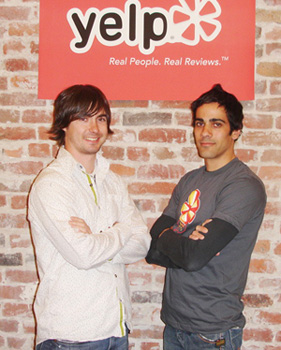Booking.com – The Company that Changed the Course of Online Hotel Booking
One of the challenges, while travelling and touring, is ‘staying at a hotel.’ Staying at a hotel gives a traveller either the best comfort in the trip, or it becomes the worst part of the vacation. That being said, it is undeniable that booking a hotel is the key to a perfect vacation. However, booking a hotel in a place that is unknown to self is a challenge, and hassle to the mind. Booking.com is a travel fare aggregator website and travel metasearch engine for lodging reservations, and steps in to help you with booking a hotel.
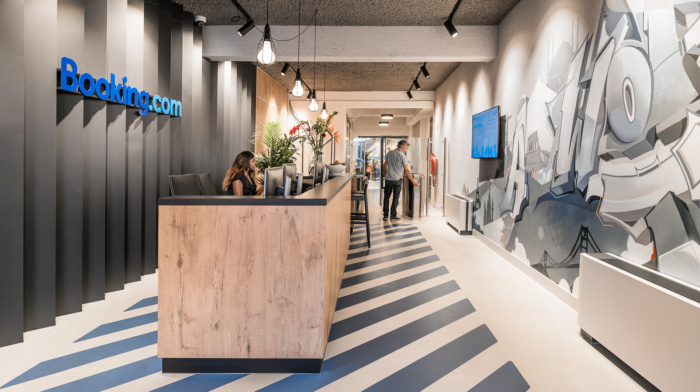
Booking.com’s journey started when Booking.nl was founded in 1996 by Geert-Jan Bruinsma after he graduated from college. He discovered the internet and borrowed code from Hilton.com to open a hotel website. Booking.nl was merged with another hotel-booking site Booking online, which operated as Booking.org. On the other hand, in Cambridge, UK, in 1999, cousins Andy Phillips and Adrian Critchlow founded Activebooking.com, which focused more on independent hotels. Later, the name of the internet website was changed to Active Hotels. It too copied some of the basics from WorldRes business model.
Active Hotels and Bookings went on to become the leading hotel-bookings in their respective markets and beyond. Both the ventures met at a travel trade show in London. Years after, both caught the eyes of Priceline.com’s chief mergers and acquisitions master, Glenn Fogel. He put in the efforts to buy both the ventures. The deal took place in 2004 for Active hotels, and in 2005 for Bookings. Priceline then merged both the companies and created Booking.com (Under Booking Holdings), which changed the course of online travel history.
Booking.com took the competition by storm. It kicked its rival companies out of the competition and changed the way consumers book hotels. The company started with setting the prices lower than their competitors which eventually helped them to gain a wide customer base. One of the most prominent features on the website was the search engine. The hotel search engine of the company is still compared to the websites that have emerged in recent times. Also, Booking.com looked out for the best online marketing by posting ads on Google and other internet websites. At the time, the concept of online marketing was less known which gave the company an advantage.
Another change that made people switch from Expedia and other hotel-booking websites, was the way customers pay for their hotels. Unlike Expedia, Booking.com allowed its customers to pay on the spot rather than prepaying months before their journey. The company started the new payment method in 2009, which tripled the bookings made on the site. It ensured its customers, ‘a top-quality service’, including offering 24/7 support to them. It attracted a large hotel database, due to the favourable commissions and great services, they gave to the hotels.
Another formula that they applied was showing the most recent booking and displaying the number of users currently viewing a hotel. The wildly successful “one room left” message is the signature technique that Booking.com uses to get its customers cash-in the booking as fast as possible. One of the major factors that made Booking.com successful was their conversion to an agency model from a merchant model. It allowed the company to ease out its operations and processes.
Since the merger of Active Hotels and Booking in 2006, Booking.com has been touching the heights of success. Booking.com is largely responsible for making Booking Holdings, a $100 Billion Dollar company. The website has massive 28,425,726 listings in 148,470 destinations from 228 countries. Each day, more than 1,550,000 rooms are reserved on the website. The site is available in 43 languages. It has been constantly perfecting its user experience displaying that in business, customer satisfaction means the most.

Raghav is a student and a content writer. He loves to write about emerging as well as the existing technologies around and about the ones who bring them to you. Music is the other passion that Raghav processes. It is like the fuel to his body. He is also in writing songs and poems. He believes that life is short, so live the best out of what you have got. Raghav considers himself a sci-fi guy, having stories and tech all around in his head, all the time.


